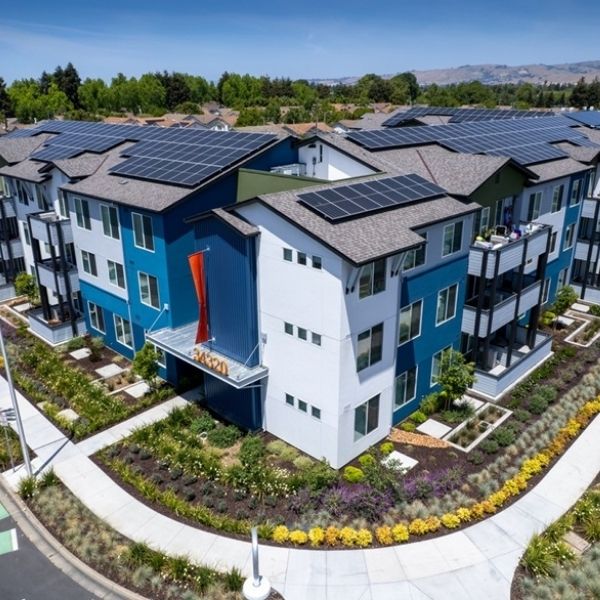CALIFORNIA – The Federal Home Loan Bank of San Francisco has awarded $49.7 million in Affordable Housing Program (AHP) grants to fund 31 housing developments across California, Arizona, and Nevada, aiming to create more than 2,050 new affordable housing units.
“This funding, delivered in partnership with our local member financial institutions, supports housing affordability solutions in urban centers, rural areas, tribal lands, and communities in need,” said Joseph E. Amato, CEO of FHLBank San Francisco.
The U.S. continues to face a serious affordable housing shortage. Nationwide, only 35 affordable homes exist for every 100 extremely low-income households. In California, the gap is even wider, with just 24 affordable homes per 100 such households. Extremely low income is defined as earning 30% or less of the area’s median income—for instance, a family of four in San Bernardino County making $33,550 or less.
This year, the AHP General Fund is distributing $44.6 million to support 26 developments—22 in California and four in Arizona—which will provide 1,780 affordable housing units. These homes will benefit low-income families, seniors, veterans, at-risk youth, and individuals facing homelessness, disabilities, or recovering from addiction.
Several projects stand out in the 2025 AHP funding round:
-
Over $10 million will go to six projects that combine affordable housing with mixed-use features like childcare, job training, and community services.
-
Six new communities will be built on underutilized government land, including three on properties identified through California’s Excess Sites program.
-
$10.4 million will fund six Tribal-led projects—five in California and one in Arizona—creating 191 homes for seniors, low-income families, and the formerly unhoused, along with communal spaces and supportive services.
Each year, AHP grants are awarded competitively, with nonprofit groups and developers teaming up with member banks to submit proposals. The impact goes beyond housing—FHLBank San Francisco notes that these projects stimulate local economies through job creation, increased construction activity, and new tax revenue.
















Leave a Reply